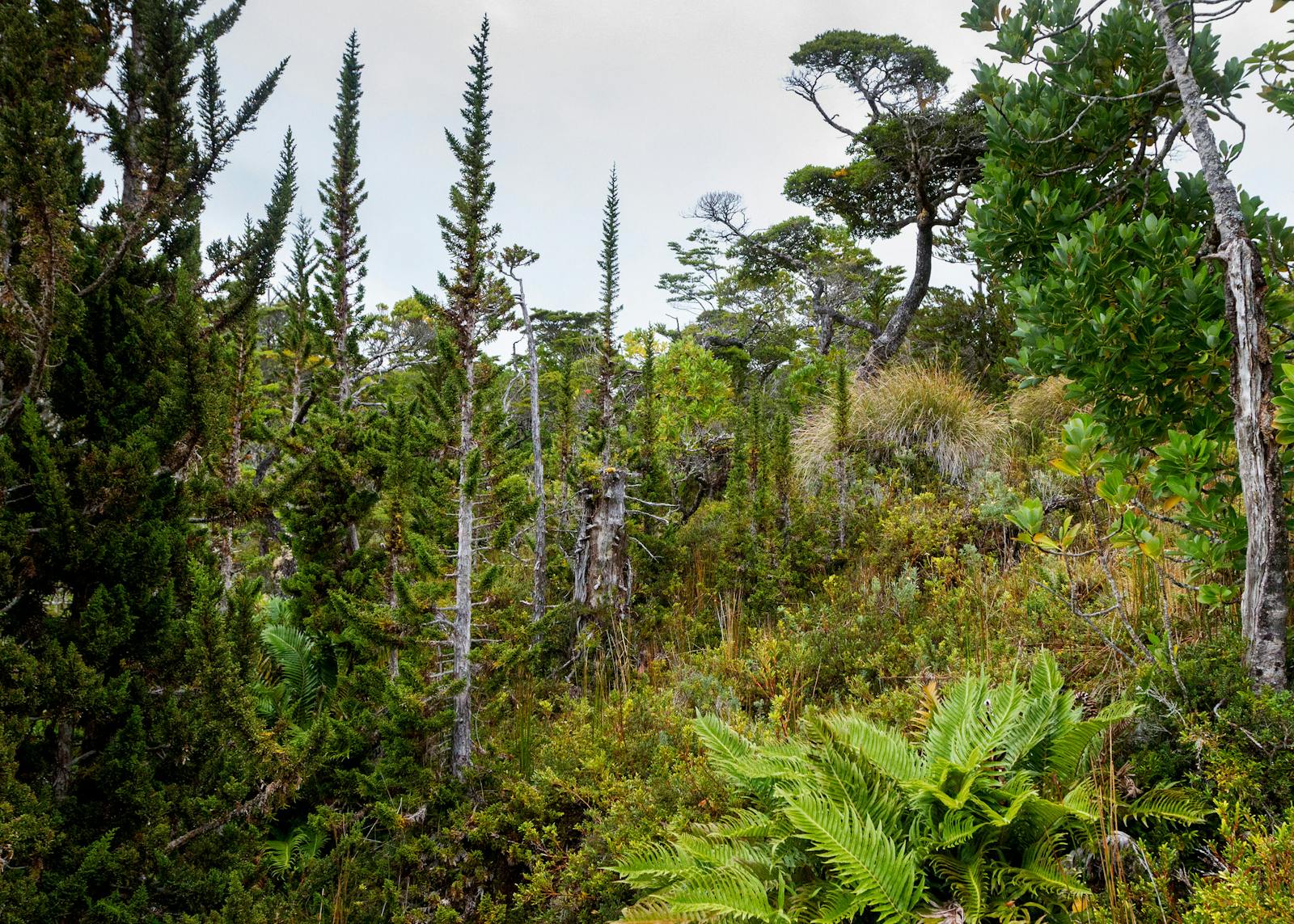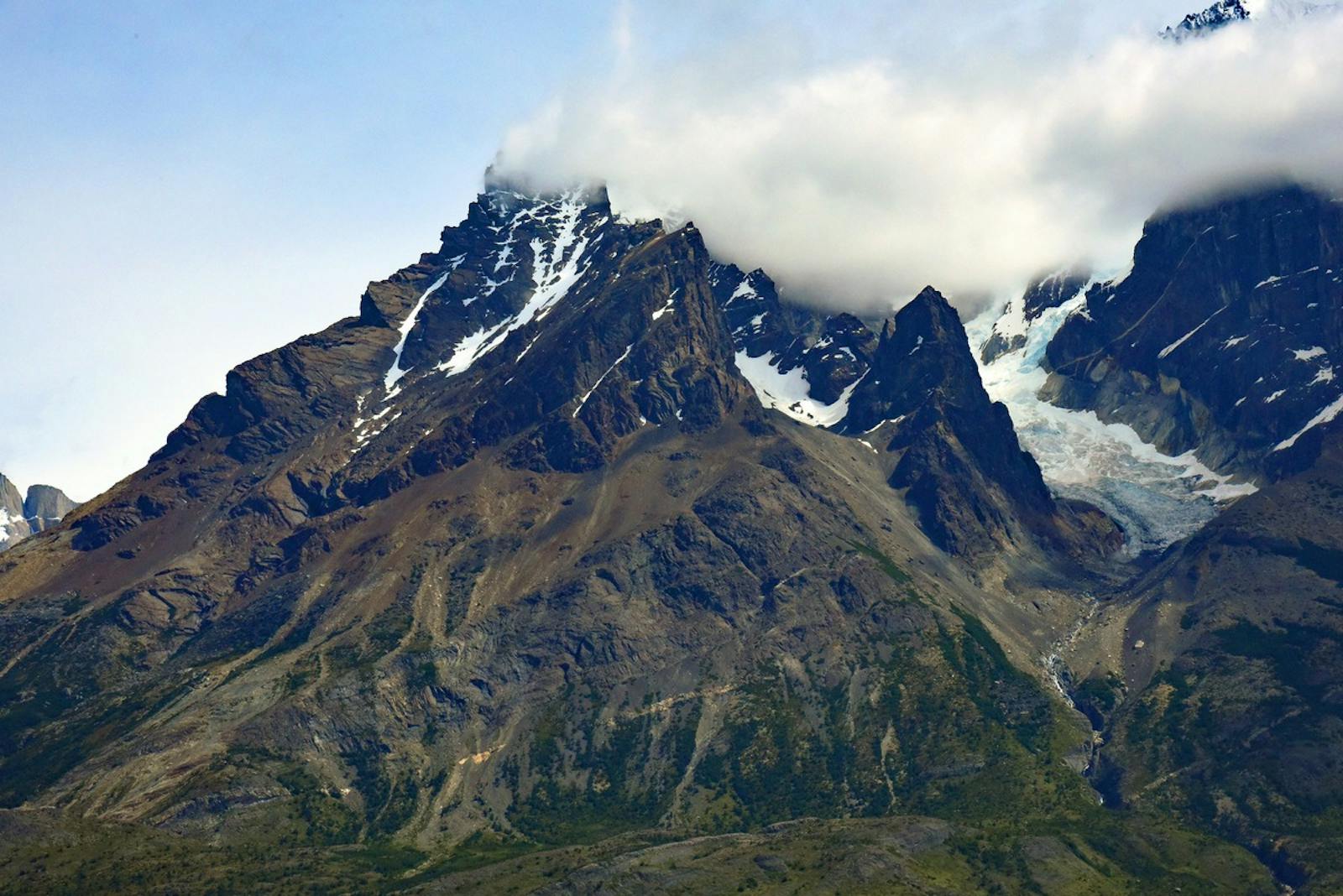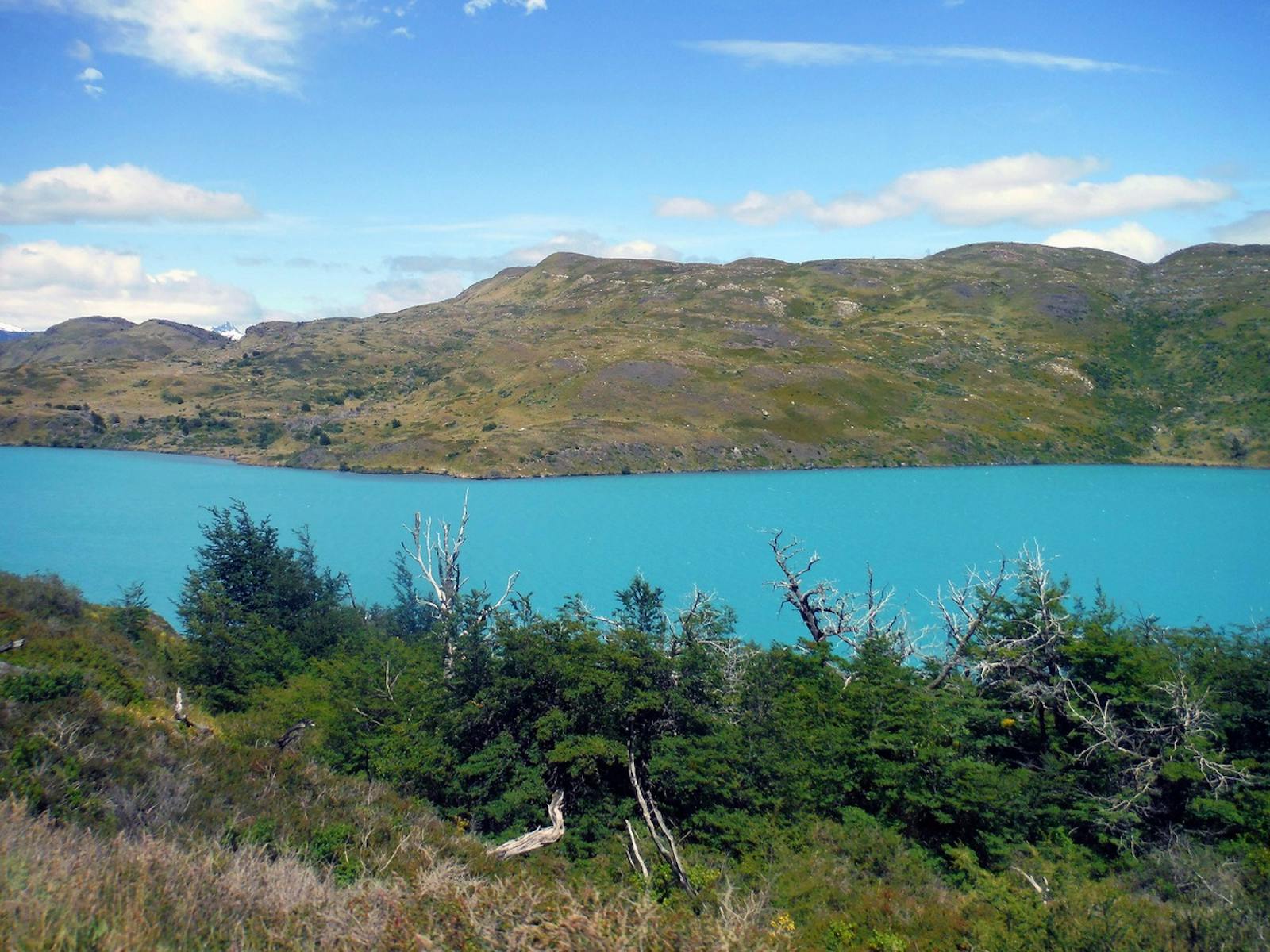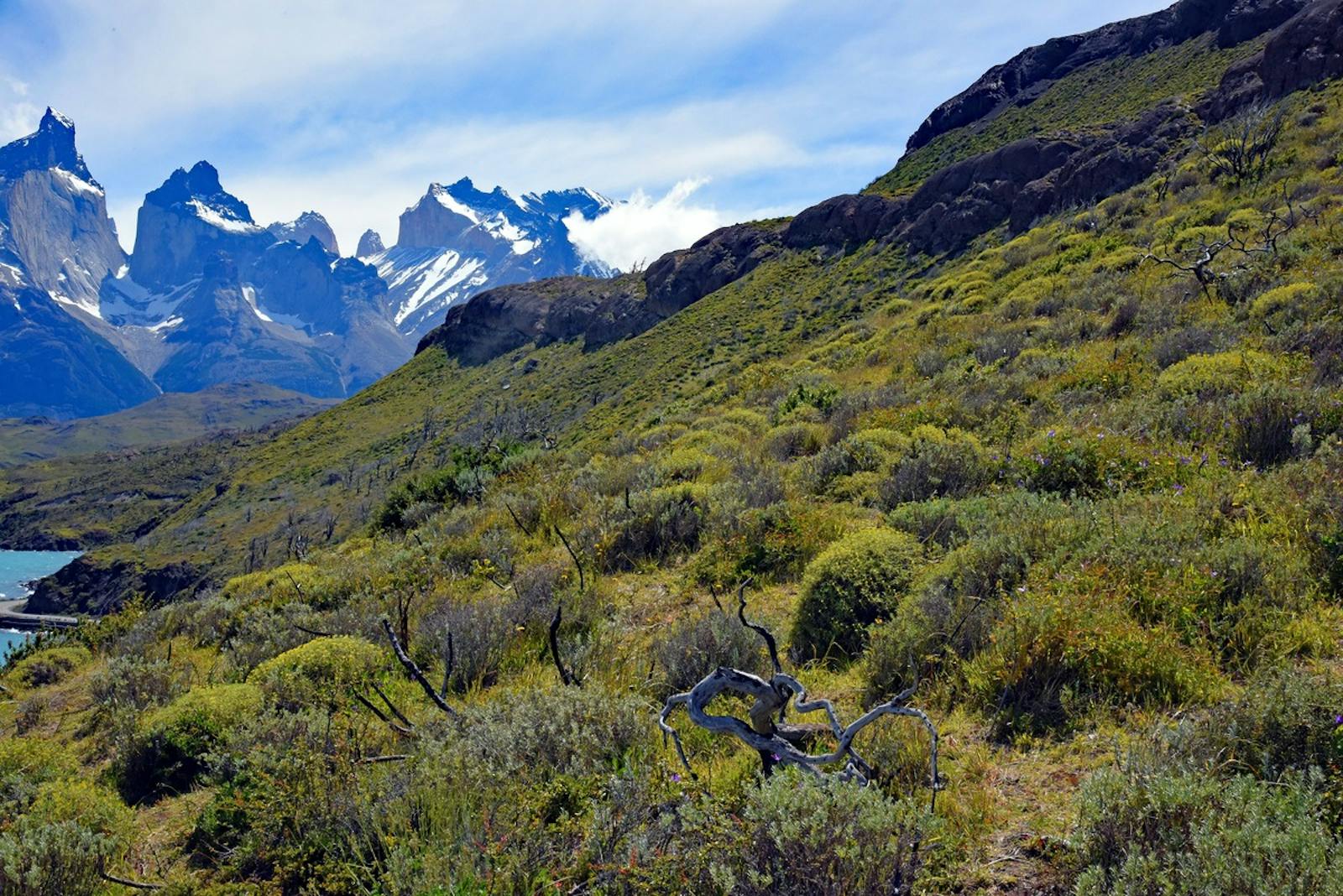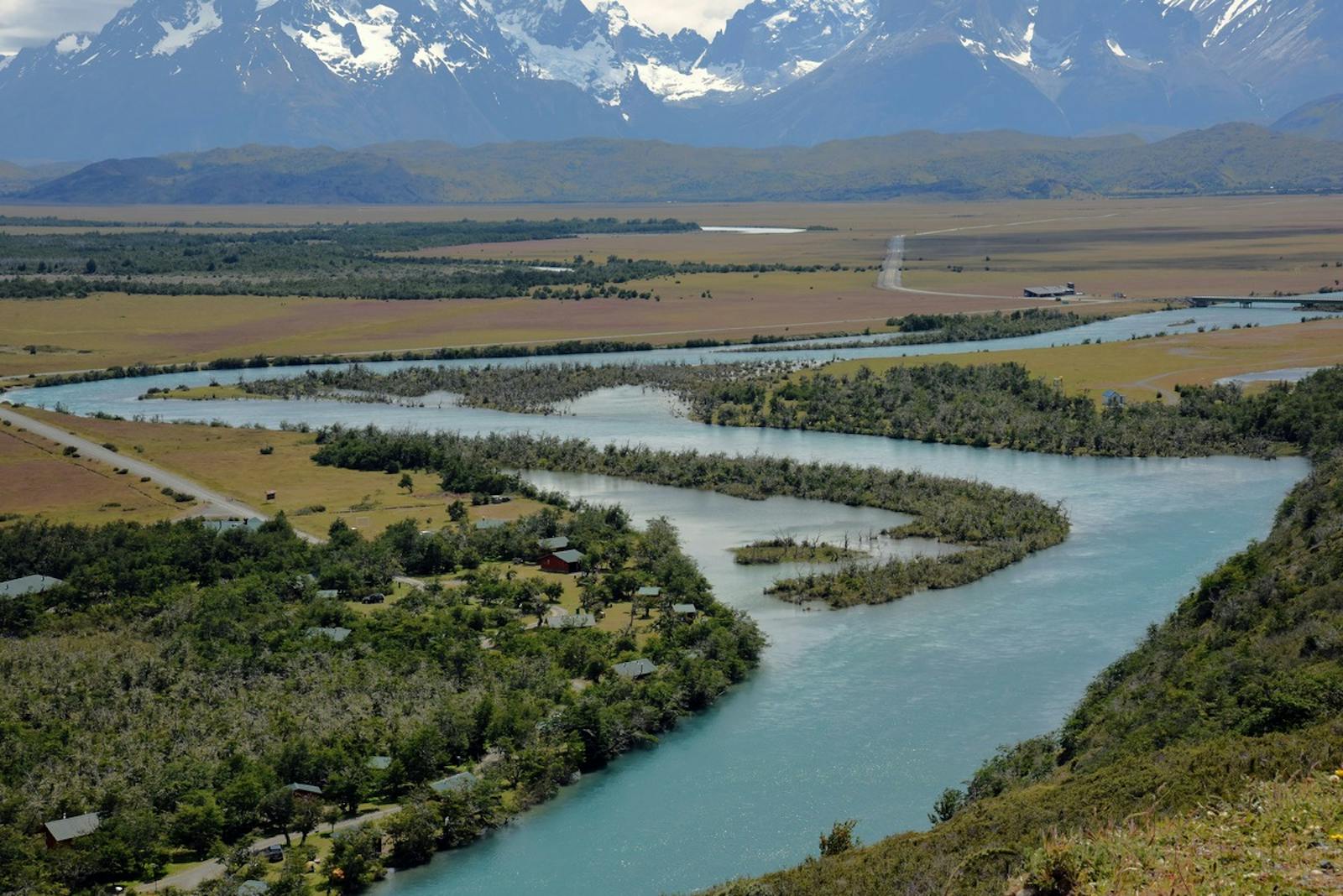Magellanic Subpolar Forests
The ecoregion’s land area is provided in units of 1,000 hectares. The conservation target is the Global Safety Net (GSN1) area for the given ecoregion. The protection level indicates the percentage of the GSN goal that is currently protected on a scale of 0-10. N/A means data is not available at this time.
Bioregion: Chilean Mixed Forests (NT1)
Realm: Southern America
Ecoregion Size (1000 ha):
16,440
Ecoregion ID:
561
Conservation Target:
54%
Protection Level:
9
States: Chile, Argentina
The Chilean huemul, also known as the south Andean deer, is a species native to the Magellanic Subpolar Forests. This emblematic deer is the national animal of Chile, and an indicator of the health of the ecoregion. It is a mid-sized deer with short legs, well adapted to rugged and harsh landscapes on the Andean Mountains. In fact, the long and curled hairs on its coat are specific adaptations to surviving in subpolar forests. These unique ungulates can be seen in grassland exposed by melting glaciers and the forest edge eating the newly exposed grasses.
_resized.jpg)
The flagship species of the Magellanic Subpolar Forests ecoregion is the Chilean huemul. Image credit: Creative Commons
The Magellanic Subpolar Forests cover the flanks of the southern Andes and adjacent lowlands of South America. The northern end borders with Valdivian Temperate Forests ecoregion and the eastern with Patagonian Steppe and Patagonian Grasslands ecoregions. Towards the west the region touches the southern Pacific Ocean. Permanent snow, ice caps, and glaciers are present in the summits of many of the higher elevations.
Soils of the ecoregion are varied, mostly depending on climate, but are generally acid due to high precipitation, low drainage, and slow decomposition of organic matter in relation to low temperatures. The climate of this area is wet and temperate-cold, although temperature decreases further at high elevations. The effect of the cold northward Humboldt and Antarctica currents on the western and southern coasts makes the area colder than others at similar latitudes. The mean annual temperature is between 6°C in the north and 3°C in the south, and mean annual precipitation varies from west to east from approximately 4,000 mm to 700 mm.
The vegetation shows principally two types of forest, mainly evergreen Magellan's beech forests to the west and deciduous lenga beech and Ñire forests towards the east that extend into Argentina. In the cold and high rainfall areas of the westernmost and southernmost parts of the ecoregion, characteristic vegetation specially termed Magellanic moorland extends through the Chilean archipelago. This tundra is characterized by prostrate dwarf shrubs, cushion plants, grass-like plants and bryophytes on water-logged terrain that in different combinations form vegetation of scrub or bogs.
Most endemic vegetation in the ecoregion is found in alpine regions above the forest. They include grasses of the genus Poe and herbs of the genera Ourisia, Senecio, Viola, and Abrotanella. Most bird species found in the ecoregion are not endemic and their ranges extend to the north into the Valdivian forests. Some near endemic species include the kelp goose, ruddy-headed goose, blackish cinclodes, black-throated finch, and striated caracara.
Characteristic native mammals include Chilean guemal, pudú, river otter, puma, South American gray fox, and Andean fox. The only near-endemic mammals include Markham's grass mouse and woolly grass mouse. Endemic amphibians include Puerto Eden frog and Nibaldo's wood frog.
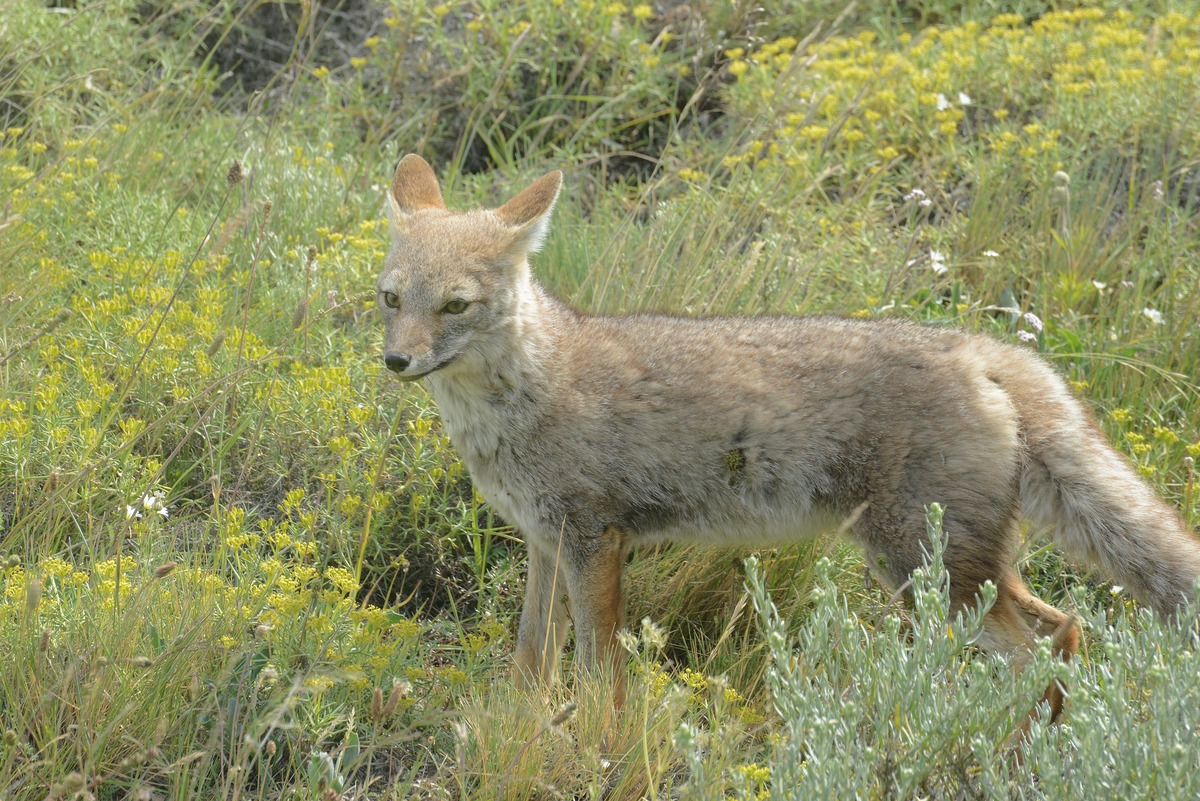
Culpeo Andean Fox. Image credit: Harvey Barrison, Creative Commons
Key protected areas from north to south include Laguna San Rafael, Lago Jeinimeni, Bernardo O’Higgins, Torres del Paine, Alberto De Agostini, and Cabo de Hornos National Parks in Chile, and Perito Moreno, Los Glaciares, and Tierra del Fuego National Parks in Argentina. Chile also has several national reserves, forest reserves, and national monuments of importance.
The Magellanic Subpolar Forests are threatened by habitat conversion. The region has been affected by extensive burning and logging. Sustainable forestry management has been largely unsuccessful. A marked increase in the population and tourism in the northern part of the region correlates with the recent construction of the Chilean Carretera Austral highway as well. The increase in tourism can have far reaching impacts such as the introduction of non-native species. Threats from established exotic species, such as the North American beaver, continue to threaten the ecological balance of this ecoregion.
The priority conservation actions for the next decade will be to: 1) restrict development in key areas to counter the growing population; 2) monitor and manage introduced species; and 3) foster natural resource-based management in both forestry and agriculture.
Citations
1. Brion, C. Ezcurra, C. 2018. South America: Chile and Argentina https://www.worldwildlife.org/ecoregions/nt0402 Accessed October 1, 2018
2. Pisano and M. Dimitri. 1973. Estudio ecológico de la región continental sur del áreaandino-patagónica, I. Anales Inst. Patag. (Punta Arenas) 4 (1-3): 207-272. 1973.
3. Redford, K. H., and J. F. Eisenberg. 1992. Mammals of the Neotropics Vol. 2, the Southern Cone. Chicago: Univ. Chicago Press.
4. Black-Decima, P.A., Corti, P., Díaz, N., Fernandez, R., Geist, V., Gill, R., Gizejewski, Z., Jiménez, J., Pastore, H., Saucedo, C. & Wittmer, H. 2016. Hippocamelus bisulcus. The IUCN Red List of Threatened Species 2016: e.T10054A22158895. http://dx.doi.org/10.2305/IUCN.UK.2016-1RLTS.T10054A22158895.en. Accessed on October 1, 2018
